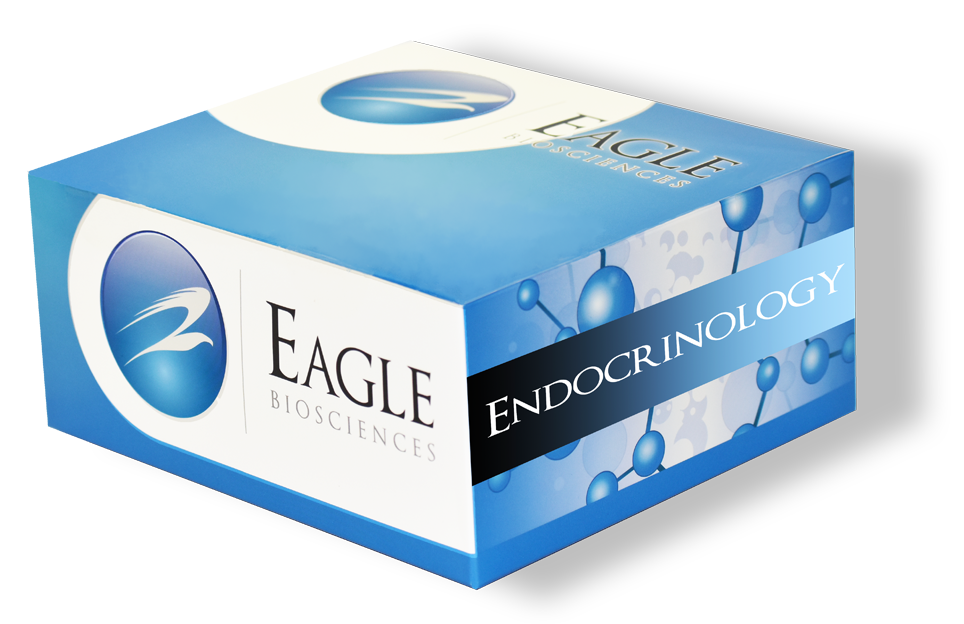Active GIP ELISA Assay
The Active GIP ELISA Assay is For Research Use Only
Size: 1×96 wells
Dynamic Range: 3.9 – 250 pg/mL
Incubation Time: 3.5 hours
Sample Type: Human Plasma, Culture medium supernatant
Sample Size: 50μL or 100 μL
Alternative Names: Human GIP, Human Glucose-dependent Insulinotropic Polypeptide, GIP 1-42
Assay Background
The incretin hormones, glucose-dependent insulinotropic polypeptide (GIP) and glucagons-like peptide-1 (GLP-1), are a group of gastrointestinal hormones that cause an increase in the amount of insulin released from the beta cells of the islets of Langerhans after ingestion of food.
The intestinal peptide GIP was first isolated from porcine upper small intestine. The sequences of porcine, bovine and human GIP have been determined, each has 42 amino acids, and the sequences is highly conserved. The porcine and bovine peptides differ from the human at two and three site, respectively. Takeda et al. have isolated a human cDNA encoding the GIP precursor and confirming that GIP belongs to the vasoactive intestinal peptide (VIP)/Glucagon/secretin family. GIP is a gastrointestinal peptide hormone that is released from duodenal endocrine K cells after absorption of glucose or fat. GIP is a potent releaser of insulin in experimental animals and in man provided that the blood glucose is above basal level. Plasma level of GIP is elevated after an oral glucose load or a meal in normal man. This increase after a meal is below normal in newly diagnosed insulin–dependent diabetics. It is now being recognized that GIP receptor is also expressed in organs and cells such as duodenum, small intestine, pancreatic alpha-cell, adipocyte and osteoblast.
These results demonstrate GIP may have a lot of physiological effect in addition to their glucoregulatory effects. GIP is rapidly inactivated by the enzyme dipeptidyl peptidase- 4 (DPP- 4) to GIP (3-42) with a blood half-life of only several minutes. DPP- 4 inhibitor can prolong the half-life of GIP, that expecting treatment of incretin effect. This Eagle Biosciences Human GIP (Active) ELISA Assay kit has high specificity to human GIP (1-42) active form and shows no cross-reactivity to human GIP (3-42) inactive form.
Related Products
GLP-1 Total ELISA Assay
Human GLP-2 ELISA Assay
Mouse GIP Active ELISA Assay Kit



